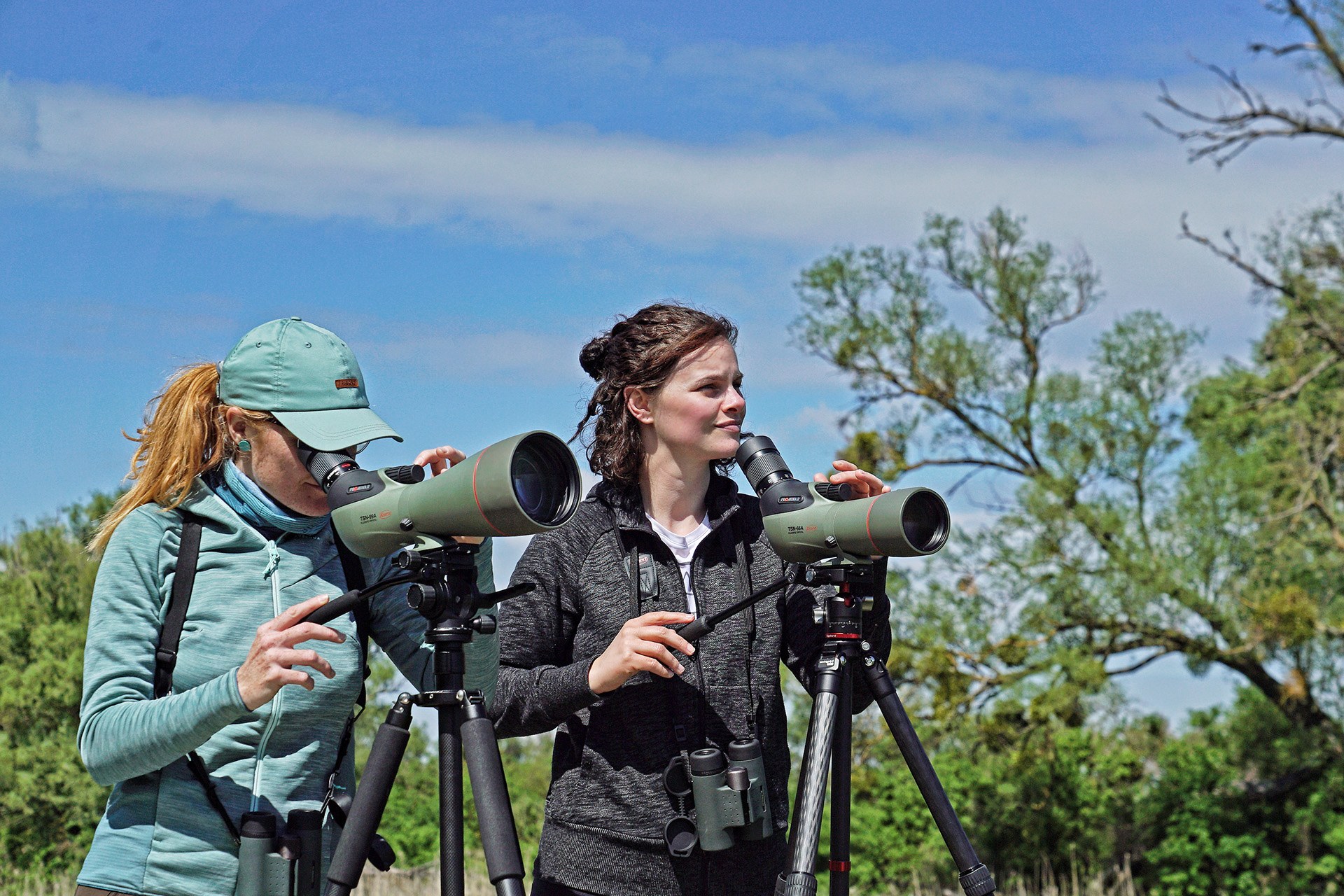binomania
Well-known member
The new KOWA TSN-66 PROMINAR is a small but high-performance terrestrial spotting scope that stands out for its exceptional optical quality and innovative features. The main special feature of this spotting scope is the presence of an objective lens made of pure fluorite crystal, which provides outstanding sharpness and a brilliant image. You can find more information in my article on Binomania.it Novità KOWA - Nuovo spotting scope TNS -66 PROMINAR al puro cristallo di fluorite -










